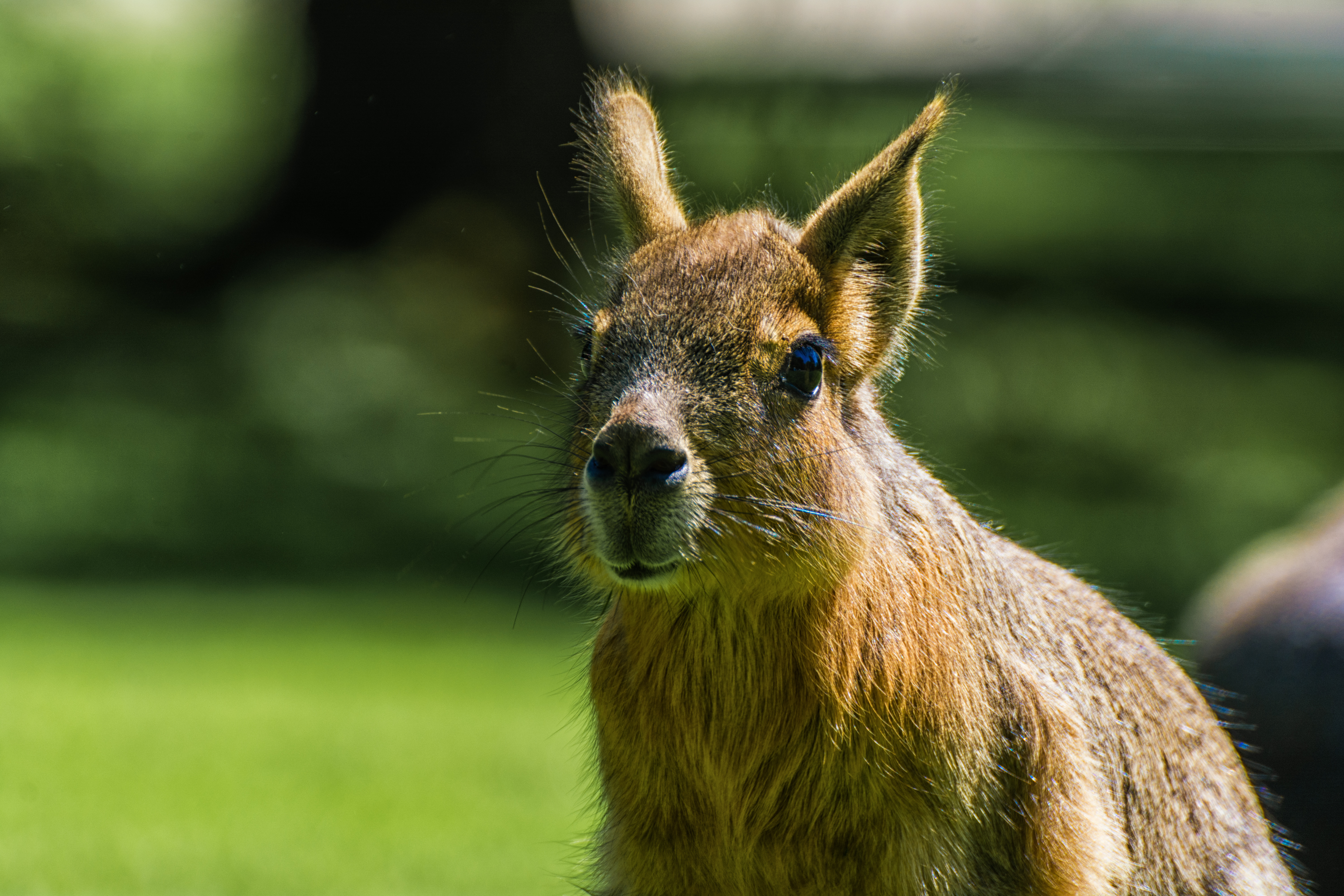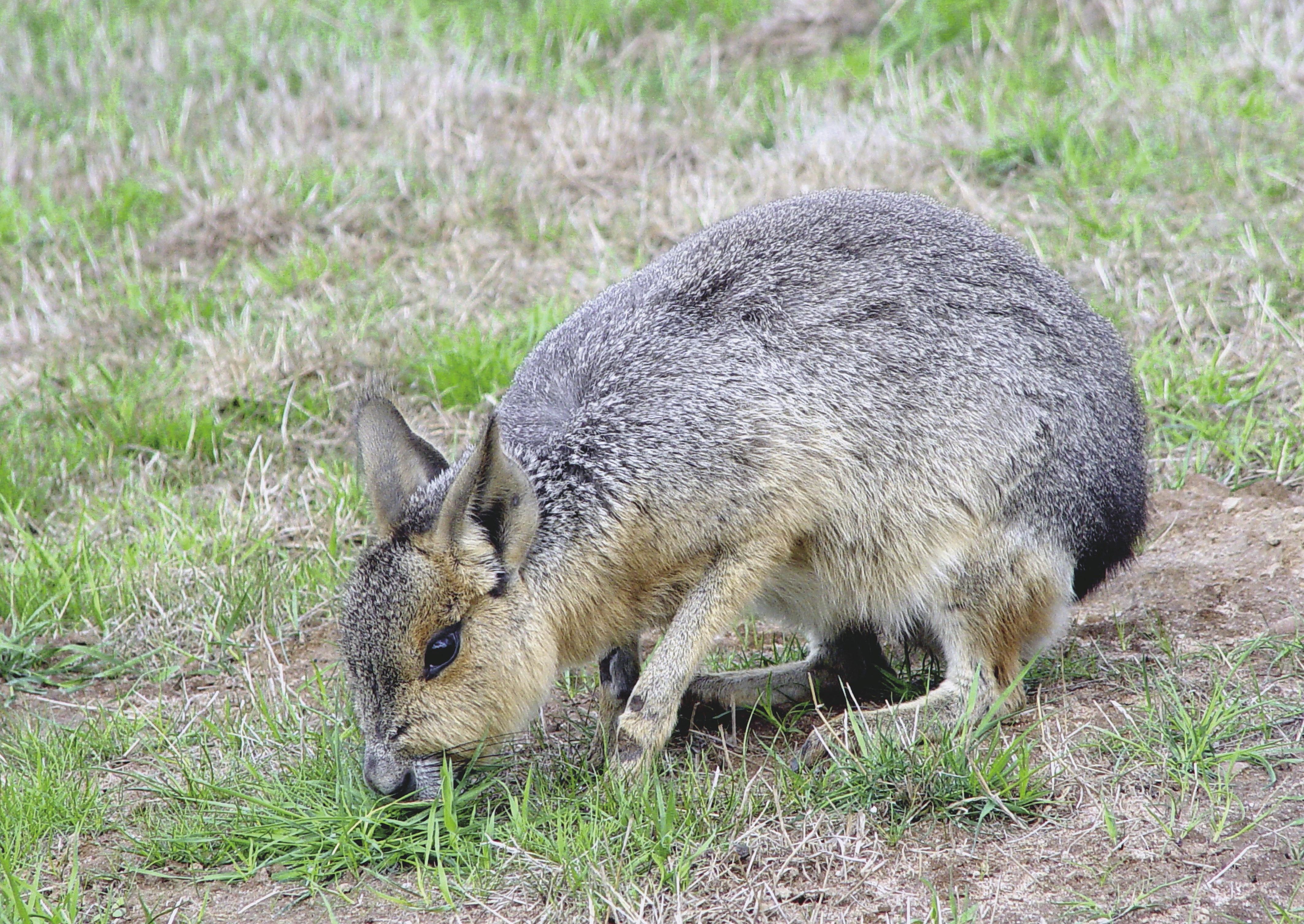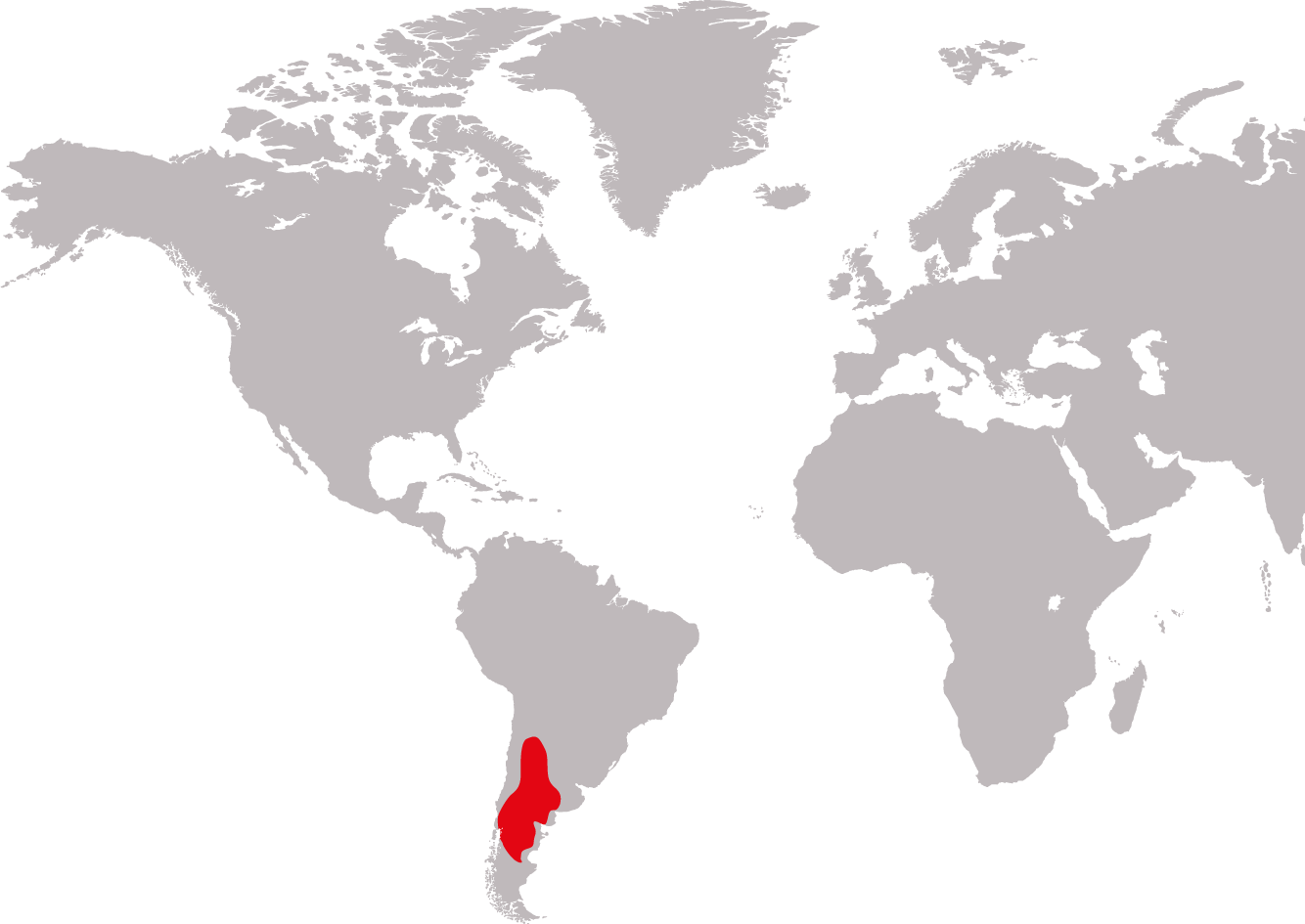Covenant for life
Patagonian mara, also known as pampas hares, originate from central and southern Argentina. Maras are very sociable animals that form monogamous partnerships.
What is special is that female maras are only ready to mate for an extremely short period of time. This is only the case every 3-4 months for about 30 minutes.
If the mating is successful, the female digs a burrow in which 1-3 young are then born. Maras are so-called passers-by, which means that both legs on one side of the body move forwards at the same time. When maras are fleeing from potential enemies, they can jump up to 2 metres.
Patagonian mara feed on grasses, herbs, leaves and buds.


